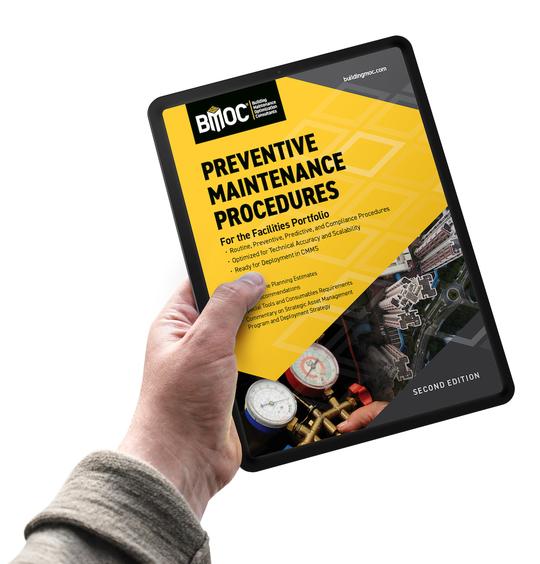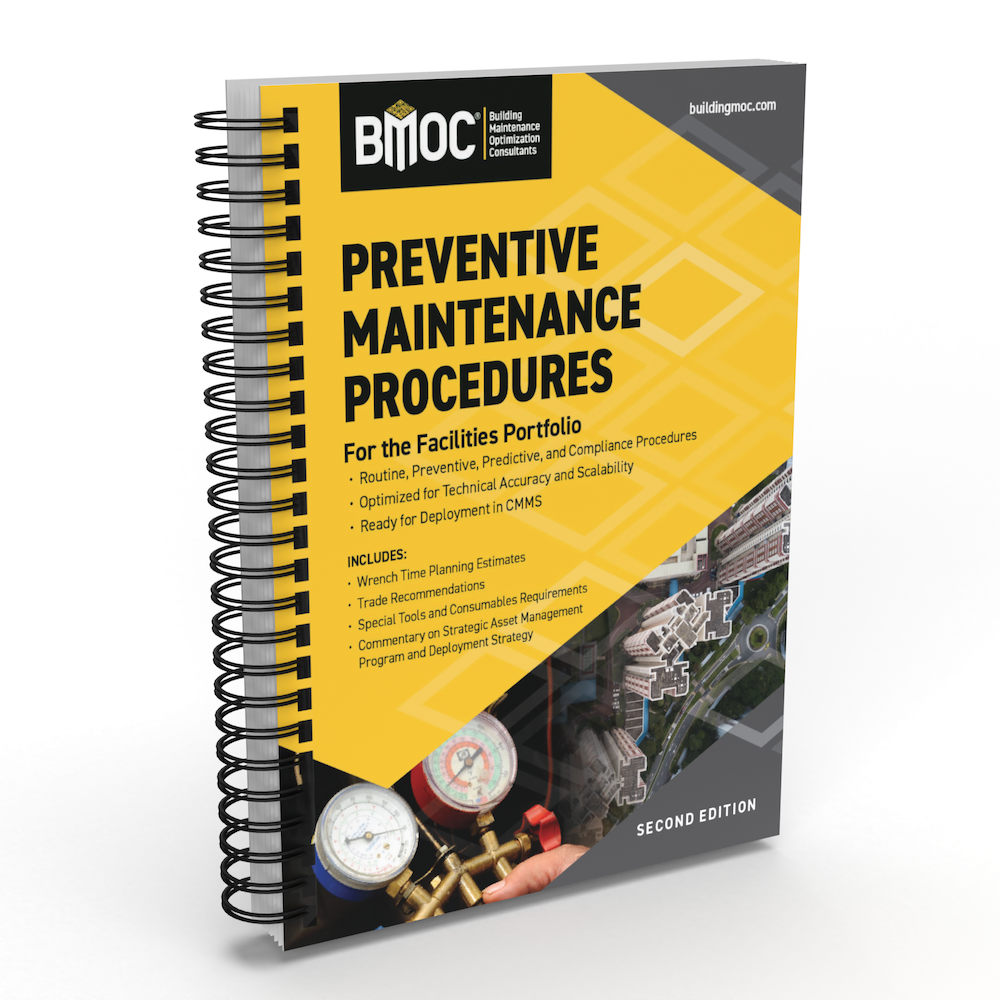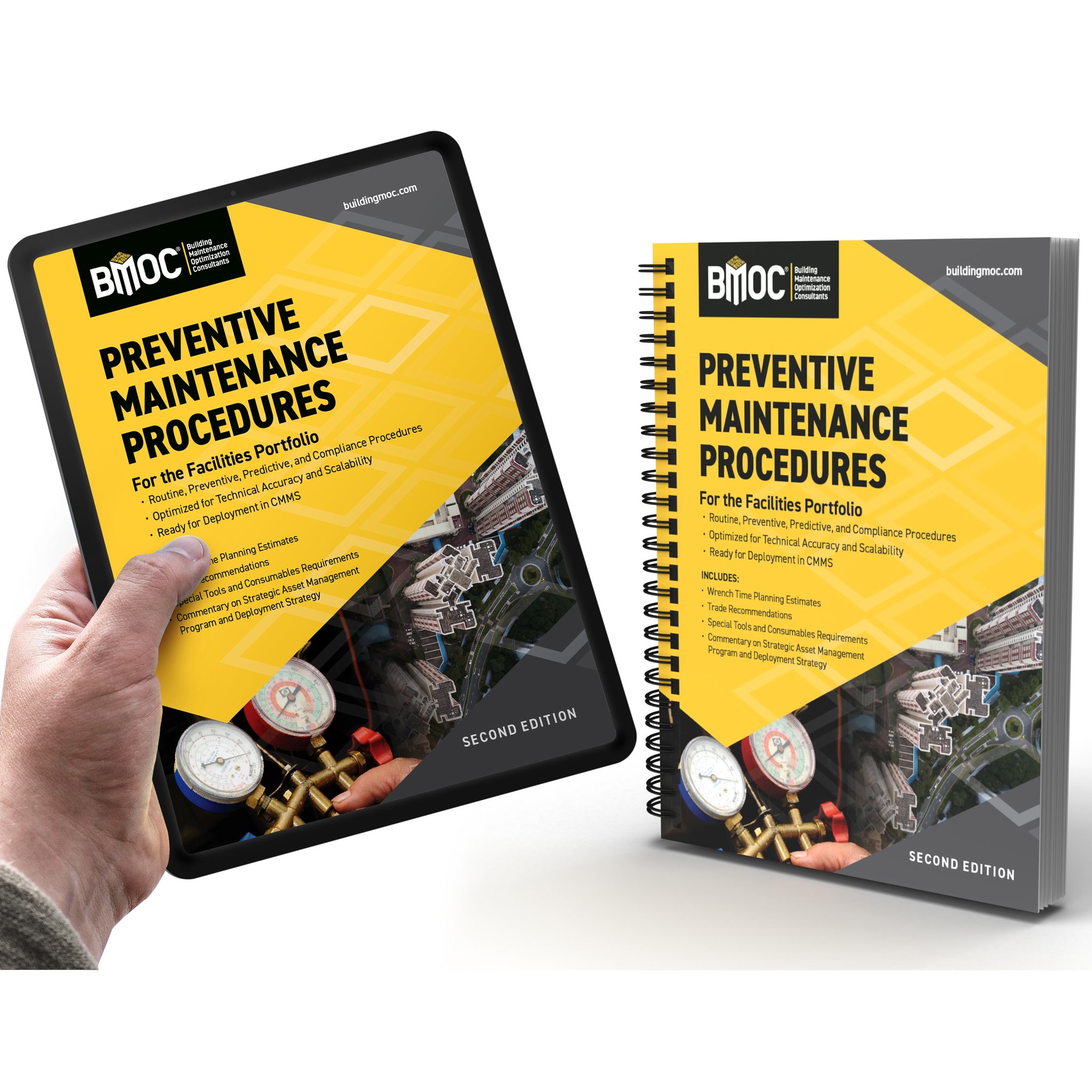Whether using a sophisticated computerized maintenance management system (CMMS) or a manual process, this PM program setup has historically been onerous and time consuming. In order to set up the PM program, it's necessary to inventory all of the equipment needing regular maintenance, documenting exactly what those maintenance procedures are, and the recommended intervals at which service should occur.
Manual Transmission
The first step in this process is to obtain the information, and the normal source of this information is O&M manuals. Unfortunately, in most uncommissioned construction projects, the O&M manuals are part of the project closeout requirements, and project closeout activities can and do extend well past the substantial completion date. It is not unusual for a building owner to obtain O&M manuals 6, 12, or even 18 months after the project is "done." Then, when the manuals arrive, they are often of questionable completeness and/or usefulness.Most commissioning plans require the O&M manuals to be submitted well before the end of construction and before the start of training. The O&M manuals will be reviewed by the designer, commissioning consultant, and the owner's O&M staff to verify that all specified and necessary information is included and organized in a useful manner. Usually this means at least one "revise and resubmit" cycle.
The result is a set of meaningful and complete O&M manuals to be used in the training sessions and to be available for the building staff to peruse prior to having to operate the new building systems.
The early completion and submission of O&M manuals also allows the maintenance department to start entering the equipment into their PM program before the end of construction. This is clearly desirable. If it takes 6-18 months to even acknowledge that there is equipment needing regular maintenance, the first round of maintenance is probably far overdue by the time it is actually scheduled and performed. Deferred maintenance often means decreased performance, and may also void some equipment warranties.
Delegate Early And Often
The commissioning process can be tailored to address the PM program development even better than that. On some projects, we've been able to incorporate an equipment data retrieval form (DRF) that the equipment suppliers are required to fill out within a relatively short period of time (1-2 months) of receiving final approval of their equipment submittals. The DRFs are customized to document the exact information needed by the owner's PM program in a format that allows for quick and easy entry of the data into the PM program.A typical DRF may ask for nameplate data such as manufacturer, model number, serial number, electrical characteristics, capacity, required environmental conditions, etc.; preventive maintenance procedures and associated frequencies; special parts information; service provider information; and warranty terms.
Although not all of the information may be available within a two-month timeframe, we believe that 90% to 95% of it will be standard information that can be provided at any time.
The suppliers are required to submit a completed form for each piece of equipment to be installed on the project, allowing the O&M staff to set up the PM program and plan for their additional labor requirements well ahead of project completion. The 5% to 10% of the information not available early in construction can be obtained by the O&M staff once the equipment is in place, but that should not prevent the immediate commencement of required maintenance activities.
The Next Step
Someday we'll take this manual process one step further and require that the equipment suppliers provide the data in an electronic format that can be downloaded directly into a building owner's CMMS. For now, though, getting O&M manuals early in construction is a new (and frightening) concept to many contractors.Being asked to provide PM DRFs is another paradigm shift, but commissioning is all about improving the "old" process. Without appropriate and comprehensive O&M procedures in place, it is difficult to ensure success beyond project closeout.ES




